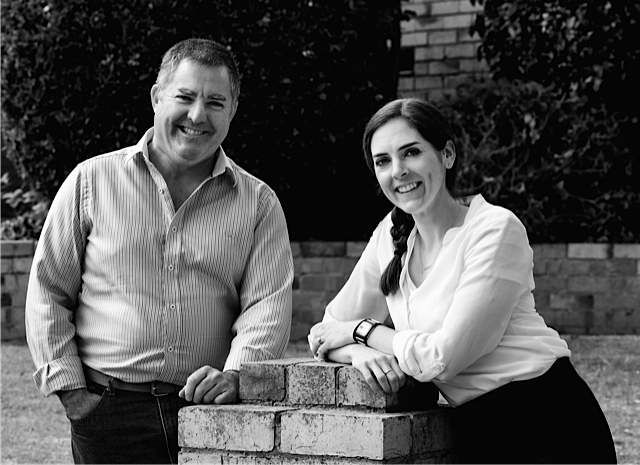Why you need to see the 'Donor conception: towards openness' exhibition
The ‘Donor conception: towards openness’ exhibition, which is currently showing at the City Library Gallery, Flinders Lane, Melbourne, is more than worth a visit.
The exhibition offers a moving collection of art, photography and archival material that inspires a range of emotional responses. Striking photographs are accompanied by summaries of the person or people pictured; many of the summaries are poignant, some are joyful, all are touching.
The art on display ranges from the work of donor-conceived children to more complex expressions about the impact that donor conception has had on a person’s sense of identity and family. Each piece is so different and each encourages thought.
The three display booths of archival and personal material combines a mixture of snapshots into the past, insights into personal circumstances, and celebrations of life.
Nothing like this exhibition has been staged before – neither nationally nor internationally. For anyone who has an opportunity to take a few minutes to browse this extraordinary and comprehensive insight into the impact of donor conception on individuals, families and society, you will be greatly rewarded.
Donor conception: towards openness – 253 Flinders Lane, Melbourne CBD
Exhibition piece: David & Chantele |
|
|
A letter from David...‘When we students first donated we were told that the chances of live births were virtually zero. They said they were very much in the early clinical stages and sperm was to be used mainly for experimentation and process work. ‘After I had dropped out of uni and gone back to Ballarat, the clinic called wanting some further blood tests. At this point I hadn't donated for quite some time. When I went to the clinic they told me there was a baby on the way as a result of my donation. This was a game changer for me. It changed what was a bit of an altruistic act into something very personal, and very real. I think I went from being a donor to something else, but that something else wasn't a dad. I had never considered the idea of a live birth. I was glad I had assisted a couple that needed help, but at the same time I felt a bit sad and empty. ‘I put myself on the register at the age of 35, as soon as they changed the legislation. Chant and I were both on the register and that’s how we found each other. ‘I never thought there was anything to be gained by secrecy. Chant had the right to meet me. To me it was a human rights issue. ‘Chant’s mum gave me a little photo album, which is a treasured possession of mine, of Chant’s growing up times and some of the pictures of her from Japan and school and other things. ‘Meeting and getting to know Chant has been one of the greatest highlights of my life.’ |

